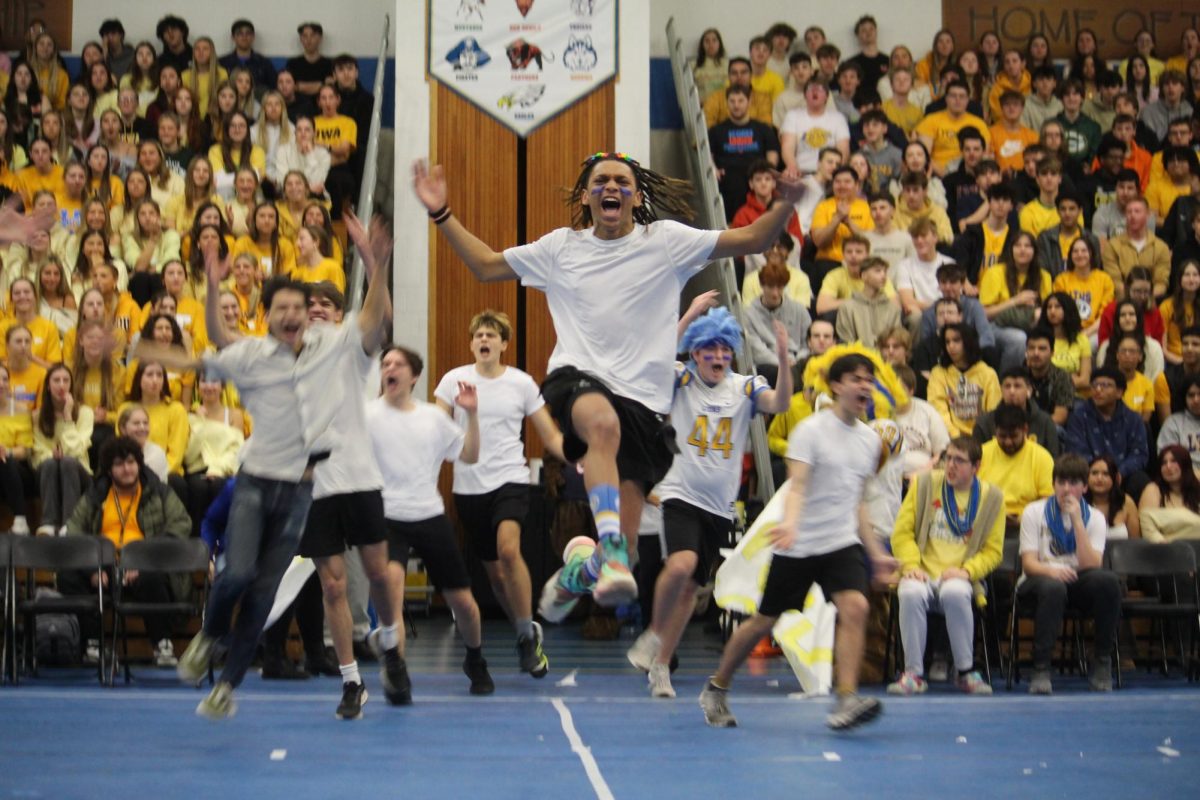A new Code of Conduct provides students with a six-page increase in revisions in disciplinary actions and additions in educational requirements in order to guide students in the right direction for the 2024-2025 school year.
The code is an incentive that outlines negative behaviors and actions for student athletes and club members, which district data reports is 82% of the school. All students who have signed up for fall sports/clubs have agreed to comply with the code. Director of Student Activities Peter Geddeis has a primary disciplinary role in enforcing the code of conduct. By working with students over many years he has gotten very familiar with the code and the reasons why students sometimes fail to abide by it.
“[It serves as] guide rails for students in making good decisions,” Geddeis said. “Not just in the realm of substances [and behavior but in being] a representative of LT.”
Previously, the code had three lanes of jurisdiction including illegal substances, tobacco/nicotine, and behavioral. Each had different disciplinary action, educational/restorative factors, and varied consistency with carryover from one year to the next. During the second semester of the 2023-2024 school year, while revisiting district policies as a whole, parents, administrators, staff, and director of student services in the Behavioral Advisory Committee decreased room for interpretation. Changes have specified consequences, circumstances and added more restorative measures to prevent future incidents.
More specifically, the team added a probation period of one year after serving a suspension to reset students’ transcripts, mandatory student attendance for half of the day for club events, required educational components, and a merge of jurisdictions so that all failures to comply with the code are looked at as one.
“[These changes should] help foster greater understanding of our students and our community,” Geddeis said. “Enabling us to embark on a process to make sure that sponsors and coaches have these conversations with their students periodically or at the beginning of their seasons [to] encourage students to make good decisions.”
Throughout the years, different behavioral issues have arisen, with attendance and phones being issues with the most concern. The original cell phone policy was up to the interpretation of the teacher but in another change of the behavior expectations the phone policy included an official ban on cell phones during instructional time. This means the number of cell phone pouches have increased in teachers’ rooms. One of the things learned by staff is that students should not be just expected to learn from their mistakes but taught to not make them again, which was another rationale in the need for change in the code. Athletic Director John Grunkehas learned not only patterns in student misbehaviors but an overarching theme that sums up what the changes in the Code of Conduct is a reminder of.
“Students are still maturing, still forming, and still figuring out who they are as people, and they are going to make bad decisions, and we understand that as a school, we want to be there to support them,” Grundke said. “Our goal is that when they leave LT, they’re going to be great people, great students, and great community members.”
The code of conduct isn’t just punitive but there’s also a hopeful aspect that every student will walk away with something. Both Grundke and Geddeis have also noticed that out of the many students they see, the vast majority don’t ever meet them again in the same circumstance. Instead, they see them excelling in the classroom or extracurriculars and can always find something optimistic in that.
Caption – Mack Long ‘25 must now mark his attendance for half the school day in order to play in the day’s game.






















![Movie poster for '[Rec]" (2007).](https://www.lionnewspaper.com/wp-content/uploads/2023/04/rec-640x900.jpg)







